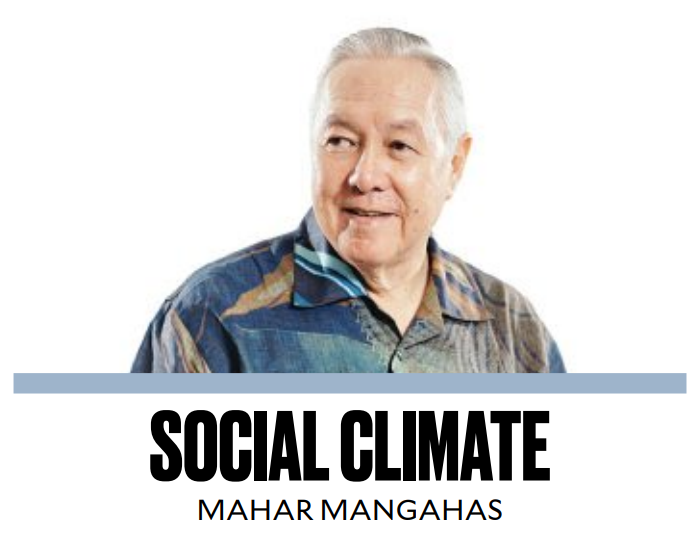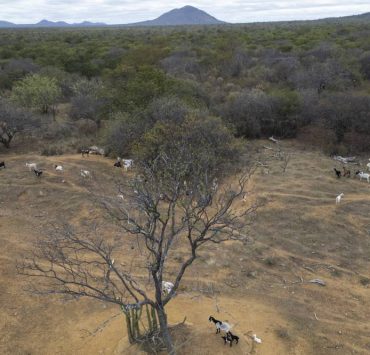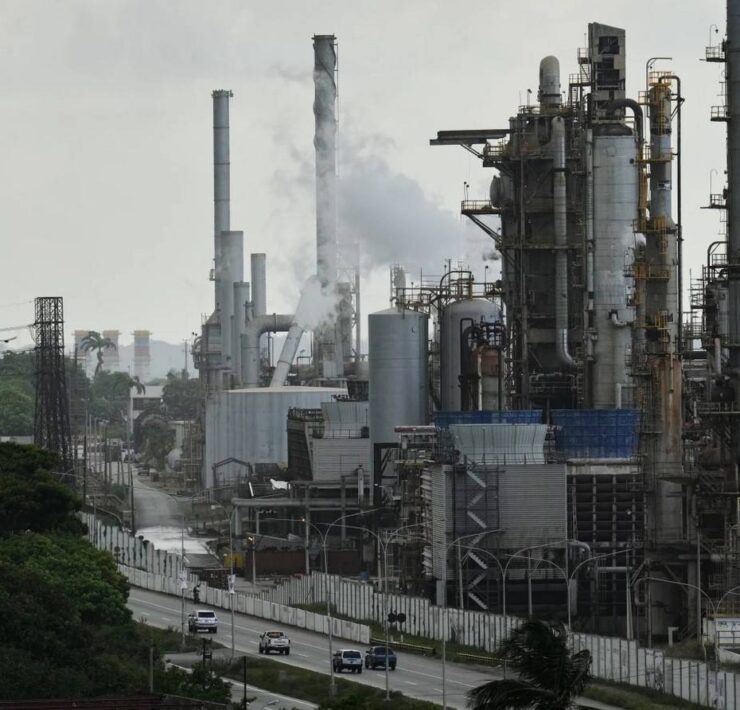Hunger keeps rising

The alarming thing about the hunger problem is not only that the rate is so high, but also that it is rising quickly. This is plainly stated in the last three Social Weather Stations (SWS) reports on hunger: “Hunger rises to 17.6% in June 2024 from 14.2% in March 2024,” “Hunger rises to 14.2% in March 2024 from 12.6% in December 2023,” and “Hunger rises from 9.8% in September to 12.6% in December 2023” (www.sws.org.ph, 7/23/24, 4/30/24, and 1/22/24, respectively).
Of hunger’s present 17.6 percentage points in June 2024, 12.8 points is moderate hunger and 4.9 points is severe hunger. The moderate component grew from 8.4 last September, 11.2 in December, and 12.2 in March. The severe portion grew from 1.3 last September 2023, 1.4 in December, and 2.0 in March. What will happen later this year, if disregard of the evidence continues?
The SWS national surveys of hunger are regular, not occasional. The very first SWS hunger survey was ventured in July 1998, after newspaper stories of hunger in Mindanao. It found 8.9 percent of household heads nationwide saying that their families had experienced hunger (nakaranas ng gutom) at least once in the past three months for lack of food (i.e., not due to voluntary fasting as in Ramadan). It also found the 8.9 made up of 5.7 percent hungry only once or a few times (“moderate hunger”), and 3.2 percent hungry often or always (“severe hunger”).
SWS has kept hunger on its own-account quarterly agenda. As of now, it has surveyed hunger 105 times, with questions unchanged, and raw data archived. In the full 1998-2024 series, the record low hunger percentage is 6.5 (October 1999), and the record high is 30.7 (September 2020, pandemic time). All past figures are in the latest hunger report; its charts and tables are simply extended from the previous one.
Hunger is considerably volatile. Of the 104 recorded quarterly changes in the national hunger rate, three-fifths were by less than 3 percentage points upward or downward, i.e., within sampling error. But one-fifth of them were 3+ points up, and the other one-fifth were 3+ points down, i.e., these were statistically significant. They show no within-year seasonality, by the way.
The annual four-quarter average hunger rate had no trend in 1998-2003, grew steadily in 2004-2008, peaked in 2009-2014, and then fell steadily in 2015-2019. It was catastrophic in the 2020 pandemic, then receded in 2021-2023, but in the last three quarters, up to mid-2024, has been spiking again.
Thus, despite so much general economic growth, in terms of gross domestic product per person, there has been no long-term decline in hunger—in contrast to self-rated poverty, which declined, slightly, over the past four decades. Most often, hunger is stable. Sometimes it recedes, sometimes it rises. It can’t be taken for granted.
The relation of hunger to poverty. Hunger happens to both the poor and the “non-poor” (the latter meaning the Self-Rated Poor plus Borderline; see my 7/20/24 column). Of course, it is higher among the poor at any point in time—in June 2024, for instance, the hungry were 21.3 percent among the poor versus only 12.7 percent among the non-poor (Chart 8, 7/23/24 report).
In the past four quarters, the hunger percentage among the poor went from 7.7 (September 2023) to 20.1 (December) to 19.3 (March 2024) to 21.3 (June). Thus, it nearly tripled from September, but most of the change happened since December.
On the other hand, among the non-poor, the hunger rate fell momentarily, from 10.4 in September to 5.9 in December 2023; but then it rose to 9.8 in March 2024, and most recently to 12.7 last June. Thus, the surge of hunger among the non-poor is more recent.
Surveying hunger and poverty together has enabled the fluctuations of hunger among poor and non-poor to be seen. The relation of hunger to food-poverty is even stronger.
Hunger is geographically different from poverty, however. At any point in time, poverty is typically least in the National Capital Region (NCR), followed by Balance Luzon, and highest in either Visayas or Mindanao. However, the geography of hunger is the opposite.
In June 2024, in particular, the hunger percentages are 20.0 in NCR, 19.6 in Balance Luzon, 15.7 in Mindanao, and 13.7 in Visayas. These are big spikes from the 2023 averages, which were: 14.1 in NCR, 11.2 in Balance Luzon, 9.2 in Mindanao, and 8.8 in Visayas (Table 2, 7/23/24 report).
Thus, during 2021-23, hunger had steadily dropped from the catastrophe of 2020. Yet, by 2023, the hunger rates had not yet fully receded to the averages of pre-pandemic 2019, which were: 11.3 in NCR, 8.5 in Balance Luzon, 9.9 in Mindanao, and 9.2 in Visayas.
From the latter half of 2023 to the middle of this year, hunger worsened. This week’s super-typhoon was a new calamity. This is not the time for economic policy makers to focus on the urban property market.
—————-
mahar.mangahas@sws.org.ph
Dr Mahar Mangahas is a multi-awarded scholar for his pioneering work in public opinion research in the Philippines and in South East Asia. He founded the now familiar entity, “Social Weather Stations” (SWS) which has been doing public opinion research since 1985 and which has become increasingly influential, nay indispensable, in the conduct of Philippine political life and policy. SWS has been serving the country and policymakers as an independent and timely source of pertinent and credible data on Philippine economic, social and political landscape.





















